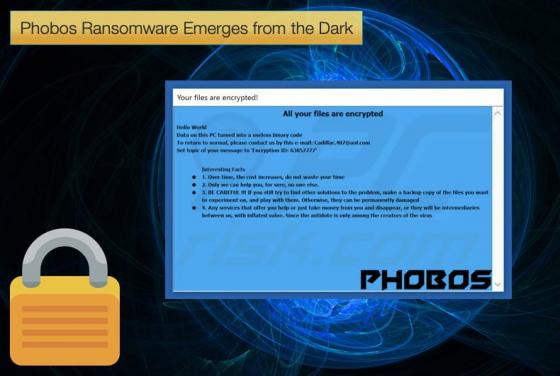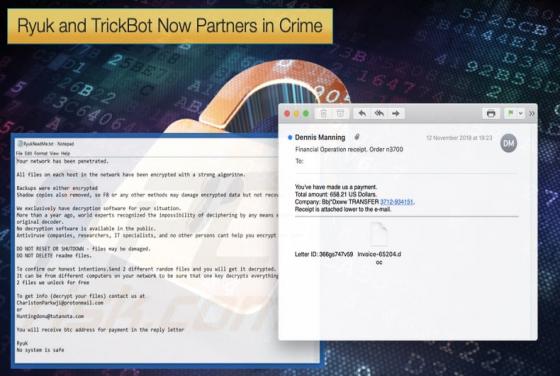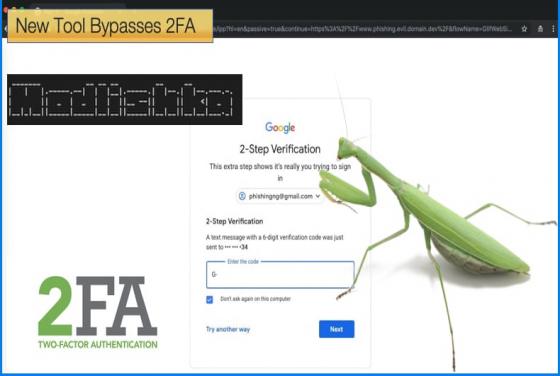

Phobos Ransomware Emerges from the Dark
Discovered in December 2018, a new ransomware variant called Phobos was discovered by researchers at Covewave which it would seem is a combination of the Dharma and Crysis ransomware variants. The naming of the new ransomware variant will pique the interest of those fond of Greek Mythology as Phobos








